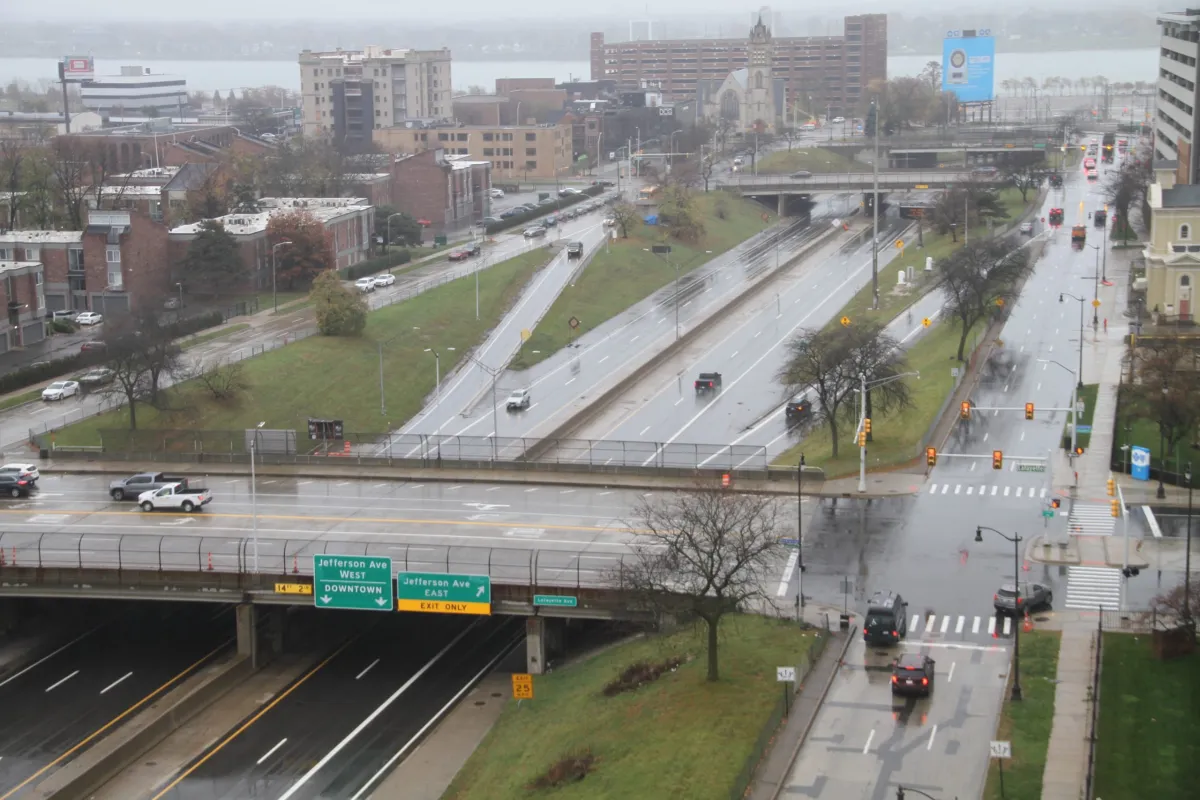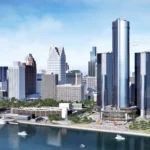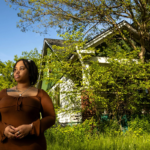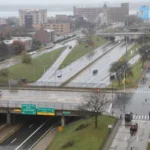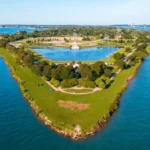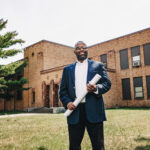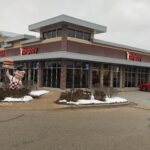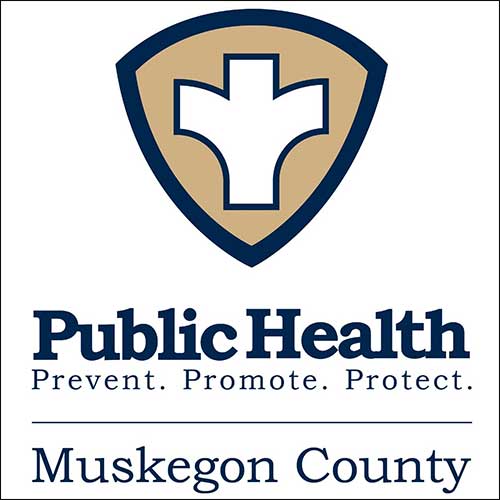“It’s a good indication that they are listening to many of the concerns that have been raised over the years,” she said. “It’s a good sign, but what comes of this process, that’s obviously what we’re going to be looking for.”
Bryan Boyer, a Detroit resident who served on the local advisory committee, said a lack of quality public engagement led to the project’s poor reception.
“After watching MDOT demonstrate all too painfully over the past five years that the I-375 project was beyond their ability to manage, I am relieved that the poorly planned current version of the I-375 project is being put on hold,” Boyer said in an email. “I do still believe in the idea of removing I-375, repairing the urban fabric it destroyed and using this as an opportunity to demonstrate that Detroit is able to have hard conversations about restorative justice and to do right by those who’ve been wronged in the past.”
Updates still necessary
MDOT planning documents show the project was necessary to upgrade “structurally deficient” freeway bridges and tight road curves that pose safety issues. The project would have converted the 1-mile-long below-ground freeway into a raised six-lane street with reduced traffic speed, new bike lanes and large pedestrian sidewalks. Bridges along the corridor will require replacement soon to remain safe and open to the public, MDOT said Monday.
“Upgrading I-375 is a priority for the department,” said MDOT Deputy Director of Public Affairs for Communications Jocelyn Garza. “The pavement is currently rated in poor condition and several of the bridges need to be replaced. Work will occur, and ensuring the bridges remain safe in the meantime will remain a priority, but certainly places some urgency on committing to a final design.”
The U.S. Department of Transportation supplied a $105 million “reconnecting communities” grant provided by the Biden administration. That would have covered a third of the originally projected $300 million cost of construction, which ballooned to $500 million by this year.
MDOT said the grant agreement will need to be updated if the design is changed, since the project would be different from what was previously agreed upon with the Federal Highway Administration. MDOT doesn’t intend to return any funding to the federal government.
When the grant was announced in 2022, Mayor Mike Duggan said it helped accelerate the construction timeline. At the time, Duggan said he was eager to “fill in the ditch and re-knit this community.” It’s unclear when construction could start now.
Duggan declined to comment immediately on Monday, but his 2022 statement echoed promises from officials that the project would have a reparative component, which raised some eyebrows. The highway was the final nail in the coffin for Black Bottom and Paradise Valley, which were decimated by urban renewal projects in the 1950s. The new highway promised to correct the harm caused by displacing residents and Black-owned businesses, but Detroit’s reparations task force had little involvement in the project.
When the funding was announced, former U.S. Transportation Secretary Pete Buttigieg said the highway “cuts like a gash through the neighborhood” and would be reconfigured to “connect rather than divide” the lower eastside and downtown. Residents were skeptical. Markowicz said promises to bring back Black Bottom are “very insulting and disturbing,” but the project had multiple justifications over the years, including the need to replace aging bridges.
Detroit City Council President and mayoral candidate Mary Sheffield, who represents District 5 where the freeway is located, could not be reached for comment. During a recent mayoral debate on Mackinac Island, when asked whether she supports the project and what it should look like, Sheffield noted the impact 375 had in stripping away generational wealth from Black communities. She also cited a “lack of trust” and a “lack of engagement to address that issue.”
In a Monday statement, her challenger, the Rev. Solomon Kinloch, didn’t name Sheffield but said representatives of the area failed to provide restorative solutions.
“People need a voice early in the process, and that didn’t happen on this project,” Kinloch said in a statement. “Institutional city politicians representing the area once known as Black Bottom and Paradise Valley have not done enough to engage people or to fight for the healing and justice that former residents, businesses, and their descendants deserve. Restorative practices will only take place when people in power commit to implementing solutions versus symbolic actions.”
Carl Bentley, a member of the ReThink I-375 coalition who opposed the development plan, said those who advocated for hitting the brakes should celebrate a win.
“They heard us,” Bentley said. “It was a road project and not a community restorative project. This shows the community truly stepped up and had an impact on the decisions being made. I’m not sure we do a victory lap here as much as we celebrate an opportunity to rethink this.”
Concerns remain
Residents voiced numerous concerns, including the safety of pedestrian crossings on the planned boulevard, what would be done with 30 acres of new real estate, how construction would impact businesses in Eastern Market and downtown, plus how the project would specifically repair the historic damage to Black communities.
Last June, the City Council hired a firm to study zoning and land use strategies for the new real estate. Interboro Partners, LLC was selected for a $349,818 contract in consultation with Detroit Collaborative Design Center and the Black Bottom Archives.
City Planner Alexa Bush said zoning and land use decisions will be affected by the project, since the potential future land would only be created if the freeway is removed. Bush said she heard the news on Monday but is waiting to learn more about the new direction before commenting further.
Eric Larson, CEO of the Downtown Detroit Partnership, said the delay comes as a “relief.” The Downtown Detroit Partnership created a “peer review” of the plan, which included recommendations for roadway redesigns, protections for businesses disrupted by construction and opportunities to add housing and improve public spaces east of downtown.
“It was becoming more and more clear that there were still a number of challenges with the project, not widespread buy-in with the community,” Larson said. “It’s critical to get this right and to repeat some of the sins of the past for this next generation would be unforgivable.”
Larson flagged the lack of clarity around construction mitigation as one major reason the project should be put on hold. He also cited new projects surrounding I-375, like the redevelopment of the Renaissance Center and a pedestrian-friendly overhaul of Monroe Street through Greektown.
“It is a great example of how this city and the community has a ‘never quit’ attitude,” Larson said. “When we see something that isn’t as good as it could be, people are willing to continue to push for something better and not accept mediocre, and that’s what’s happened here.”
BridgeDetroit Managing Editor Christine Ferretti contributed to this report.
Business Watch
Covering the intersection of business and policy, and informing Michigan employers and workers on the long road back from coronavirus.
About Business Watch
Subscribe
Share tips and questions with Bridge Business Editor Paula Gardner
Thanks to our Business Watch sponsors.
Support Bridge’s nonprofit civic journalism. Donate today.
This must be the credit given on each article: Put at bottom of each article in small print
“This story was originally published by Bridge Michigan (bridgemi.com), a nonprofit and nonpartisan news organization. To get regular coverage from Bridge Michigan, sign up for a free Bridge Michigan newsletter here (https://bit.ly/BridgeMichiganNewsletter).”
Use photos as well and credit photos. Simply copy and paste name and put: Photo Credit: John Doe

